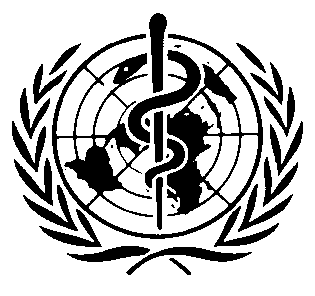International Chemical Safety Cards
| DINONYL PHENOL (MIXED ISOMERS) | ICSC: 1172 |




Molecular mass: 346.6 CAS # 1323-65-5 RTECS # March 15, 1995 Peer reviewed |
| TYPES OF HAZARD/ EXPOSURE | ACUTE HAZARDS/ SYMPTOMS | PREVENTION |
FIRST AID/ FIRE FIGHTING |
| FIRE |
Combustible.
|
NO open flames.
|
Powder, alcohol-resistant foam, water spray, carbon dioxide.
|
| EXPLOSION |
|
|
|
| EXPOSURE |
|
AVOID ALL CONTACT!
|
|
| •INHALATION |
Burning sensation.
Cough.
Laboured breathing.
Shortness of breath.
Symptoms may be delayed (see Notes).
|
Ventilation, local exhaust, or breathing protection.
|
Fresh air, rest.
Half-upright position.
Artificial respiration if indicated.
Refer for medical attention.
|
| •SKIN |
Skin burns.
Pain.
Blisters.
|
Protective clothing.
|
Remove contaminated clothes.
Rinse skin with plenty of water or shower.
Refer for medical attention.
|
| •EYES |
Corrosive.
Redness.
Pain.
Severe deep burns.
|
Face shield,
or eye protection in combination with breathing protection.
|
First rinse with plenty of water for several minutes (remove contact lenses if easily possible), then take to a doctor.
|
| •INGESTION |
Corrosive.
Abdominal cramps.
Burning sensation.
Headache.
Weakness.
|
Do not eat, drink, or smoke during work.
Wash hands before eating.
|
Rinse mouth.
Do NOT induce vomiting.
Rest.
Refer for medical attention.
|
| SPILLAGE DISPOSAL | STORAGE | PACKAGING & LABELLING | ||
|
Collect leaking liquid in sealable containers.
Absorb remaining liquid in sand or inert absorbent and remove to safe place.
|
Separated from
strong oxidants,
and alkalis.
Ventilation along the floor.
|
R: S: |
||
| SEE IMPORTANT INFORMATION ON BACK | ||||
|
||||